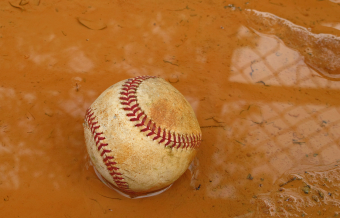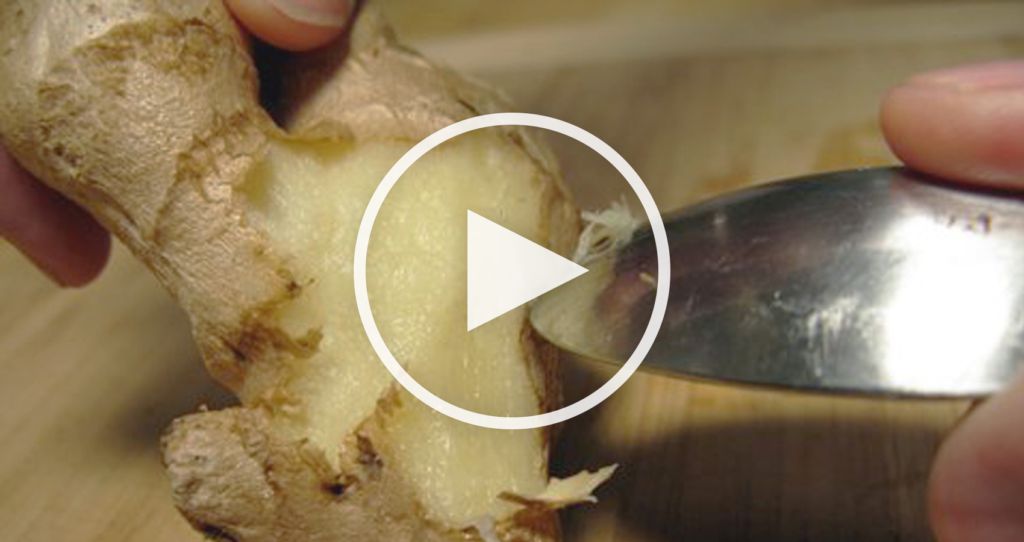
For major league pitchers, getting a grip on a baseball can get a bit muddy. That’s because, at least for now (this may well be changing in the next few years), every single baseball used in a major league game is coated with a little bit of actual mud, known as Lena Blackburne Original Baseball Rubbing Mud, which comes from a secret location on a tributary of the Delaware River in southern New Jersey.
Why do they rub the balls down in mud? Baseballs fresh out of the box are glossy and slippery as a byproduct of the manufacturing process, reducing the chance that the ball will actually go where the pitcher wants. In a nutshell, the mud in question functions to make the baseball slightly easier to grip.
This now leads us to the question of why exactly do they use this this particular mud?
The story of how Delaware mud’s became an integral part of baseball began on August 16, 1920. In the fifth inning of a game between the Cleveland Indians and the New York Yankees, Cleveland shortstop Ray Chapman was at the plate when a fastball thrown by Yankees’ pitcher Carl Mays struck him in the head.
A report in The New York Times on August 17, 1920 described the aftermath:
The blow had caused a depressed fracture in Chapman’s head three and a half inches long. Dr. Merrigan removed a piece of skull about an inch and a half square and found the brain had been so severely jarred that blood clots had formed. The shock of the blow had lacerated the brain not only on the left side of the head where the ball struck but also on the right side where the shock of the blow had forced the brain against the skull….
Shortly thereafter, at 4:40am, Chapman died. To this day, Chapman remains the only Major League Baseball player to die as a result of an incident on the field.
Chapman’s beanball death forced MLB officials to find ways to make the game safer. While you might think requiring some form of batting helmet would be item number one on the to-do list here, this was not the case. Various types of protective head gear had been tried before, but weren’t popular among players, and it wouldn’t be until Hall of Famer Mickey Cochrane had his career ended (and nearly died from a skull fracture) in 1937 that things on the batting helmet front would start to pick up a little steam, though it still took about two more decades for batting helmets to become mandatory in Major League Baseball.
Another potential option for Major League Baseball to pursue here would have been more strictly policing the then relatively common practice of “head hunting” by pitchers. This includes Carl Mays himself having been notorious for it before he accidentally killed Chapman, with Mays explaining, “Any pitcher who permits a hitter to dig in on him is asking for trouble… I never deliberately tried to hit anyone in my life. I throw close just to keep the hitters loose up there.”
As many pitchers employed this strategy for that same reason, the league instead focused on making the balls less slippery and making sure that both scuffed and dirty balls got thrown out of the game in favor of pristine ones with more predictable flight paths and that were easier to see. Essentially, if the pitchers were going to insist on throwing balls near (or sometimes at) player’s heads to back them off the plate, Major League Baseball wanted to ensure said pitchers could control the ball as well as humanly possible and that, even in the gloaming, hitters could see them coming.
And so it was that in 1921 an official rule was instituted requiring that “the umpire shall inspect the baseballs…. and that they are properly rubbed so that the gloss is removed.” This rule is still on the books today.
Setting the rule is one thing, figuring out and easy way to accomplish it proved to be more difficult than originally anticipated. Various methods were used in the early going, the most popular of which being rubbing the balls with infield dirt, sometimes mixed with a bit of water. This worked, but a little too well sometimes, resulting in scuffing up the leather in the process. This could in turn result in a change of the flight path of the ball- a fact many a pitcher has taken advantage of with strategic scuffing of balls when they can get away with it.
Other early substances used to remove the “gloss” included shoe polish and tobacco juice, with even less desirable results. What they really needed was a consistent way to remove the gloss without darkening the ball too much, without scuffing it up, and without getting gunk stuck in the laces (the latter of which would potentially have a huge effect on the movement of the ball).
It was 1938 when Philadelphia Athletics third base coach Russell Aubry “Lena” Blackburne overheard the umpires complaining about that day’s set of balls. A former Chicago White Sox infielder in the 1910s and 1920s, Blackburne was a player himself when Chapman was killed. He was also an avid fisherman who spent his off-seasons fishing in the backwater of the Delaware River near his home in Palmyra, New Jersey. He knew that region of the river like the back of his hand. He also knew that the primary problem with the commonly used infield dirt was that it was much too abrasive.
Putting two and two together, he experimented with the ultra-soft mud at the bottom of the Delaware River and discovered that a tiny bit of mud off the top layer worked phenomenally well at getting the gloss off the balls without staining or damaging them.
And if you’re wondering why, subsequent research has been done on the mud in question to see what properties it has, including by the University of Pennsylvania, who ran a chemical analysis on it. They discovered that it was more than half water and the dirt contained traces of dozens of minerals, including calcium, sodium, potassium, green mica, etc. In other words, it was a smoothie of minerals, though nothing particularly special about it in terms of its contents over a lot of other mud. But what is relatively special about it is its soft “pudding” like consistency, allowing it to work well as an ultra-fine grit buffing agent- just gritty enough to serve its grippy purpose, but not so gritty that it discernibly scuffs the soft leather when rubbed in. Evenly applied, any microscopic scuffing is likewise done evenly, ensuring it doesn’t interfere in an abnormal way with the flight of the ball.

As for why it has this pudding like consistency, this may stem from its exact location via a tributary with finer grain sediment, as opposed to the coarser grain material often found in the main stems of a river. This often makes the mud in such regions smoother, thicker and not full of rocks.
As for Lena Blackburne, he had thus discovered a substance that took the gloss off the ball, didn’t smell or discolor the balls significantly, and was, quite literally, dirt cheap. Soon after his discovery, “Lena Blackburne’s Original Baseball Rubbing Mud” was being sold to every American league team. Why only the American league? At a time when the American and National leagues were bitter rivals, Lena, a long time American League player, refused to sell to the National League. (He would later relent in…
The post Baseball’s Muddy Business and How It Might End appeared first on FeedBox.